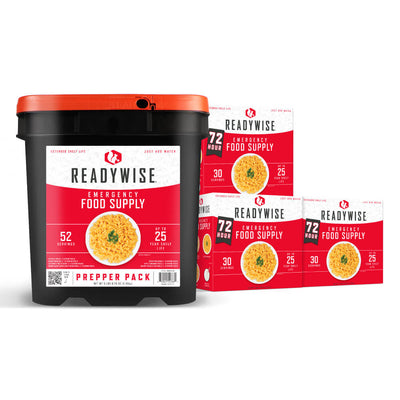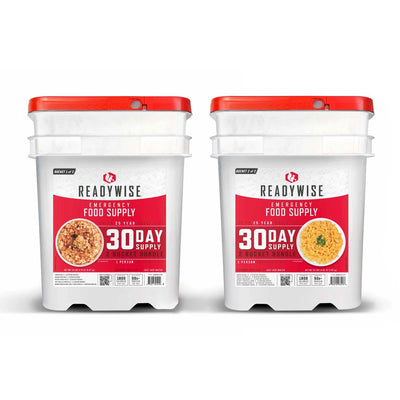Creating an Outdoor Emergency Animal Shelter
Few parts of the United States have been spared from extreme cold weather this winter. When temperatures dip well below zero and snow piles up, most people and pets are lucky enough to be able to wait it out inside where it’s warm and dry. However, feral animals, outside pets, and even some wildlife need a little bit of help to survive winter storms.Building a simple winter animal shelter is simple and inexpensive, and it can be very rewarding to catch a glimpse of a furry creature taking shelter in your new hotel during a storm.
Whatever you use to build your shelter, it should be warm, dry and out of the wind. The shelter should be small enough that an animal’s body heat is held within the shelter. Plastic storage bins and Styrofoam coolers make excellent, inexpensive, temporary shelters that can be cleaned up and put away after a storm. Rubbermaid even provides instructions on their website for how to use their bins to make a shelter for small outdoor critters.
Here’s how to build a simple outdoor shelter for small animals:
Put the lid on a plastic bin or Styrofoam cooler then cut a six inch square or round hole in one side, two or three inches up from the bottom of the bin. (Leaving a few inches on the bottom of the bin will keep out snow, rain and snow melt.)
- If you have a second larger bin, put the smaller bin inside the larger bin and insulate between the two with fiberglass insulation, Styrofoam insulation, Mylar, straw or old blankets, towels or sweaters. (Since ReadyWise food envelopes are made of Metallyte, you can rinse them out, tape them together into panels and line the box.) To line the shelter, don’t use old blankets, towels or folded newspapers as they can actually absorb body heat.
- Line the smallest bin with straw (not hay) or old pillowcases stuffed with packing peanuts, Styrofoam insulation (not fiberglass) or shredded newspaper. Straw is best because it allows animals to burrow.
- Cut a lightweight door flap from an old tarp, towel or blanket. It should be light enough that an animal can push it aside but heavy enough to block wind and keep heat in.
- Place the shelter in a secluded spot where animals won’t be disturbed.
- Point the door away from the direction of the wind.
- Weigh down the top to keep it stable in wind and ensure the lid is secure.
- Leave food and water near the shelter, but not inside as water can spill and freeze. The best plan is to lean a piece of plywood against the shelter, your house or a nearby outbuilding and place bowls underneath it. The plywood will protect the food and water from the elements.
One animal lover posted her instructions, a materials list and step-by-step instructions here, and another here.
Winter storms come and go quickly but extreme temperatures can be deadly for humans and animals in a matter of minutes. If you’ve got a snow day this week, consider building an outdoor shelter as a project in between DVDs. Stay warm and safe!
















































































